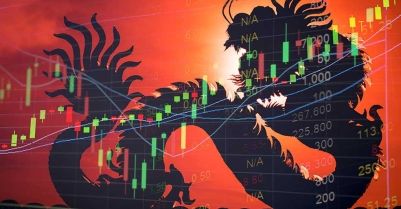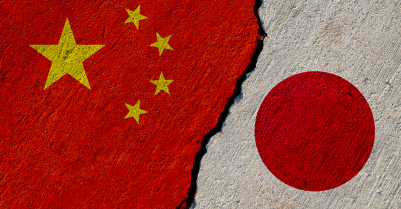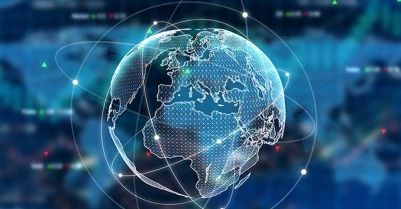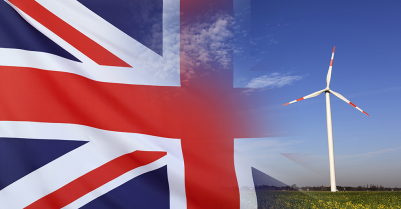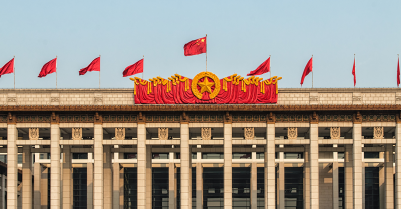-
View article
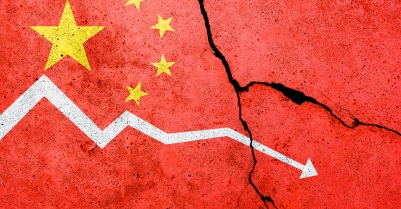 #Economy
#EconomyChina: confidence, price war and credibility are the watchwords in this early part of the year
2024/03/26
- #Eco-trends
- 2020/04/07
- 0
-
20
Are we going to change? What are we going to change?
These questions pervade our locked-down airwaves and permeate our strange virtual get-togethers with friends and family. They express a need not only to make sense of what’s happening but also to map out a stable way forward in a world faced with abrupt change and uncertainty, a need for visibility where there is currently none.
One thing is certain, however: this irruption of the impossible into the realm of our possibilities is already forcing us to think differently. “If catastrophe is to be prevented, we need to believe it is possible before it happens(1).” Well, an unthinkable event has happened. At this point, to reverse this great collective cognitive shift, our desire to forget would have to be even greater; and, however one might choose to account for the situation, there will have been too many deaths for that. It has happened, and it has revealed deep structures that were previously hidden. This is what happens “when the impossible is certain”(2).
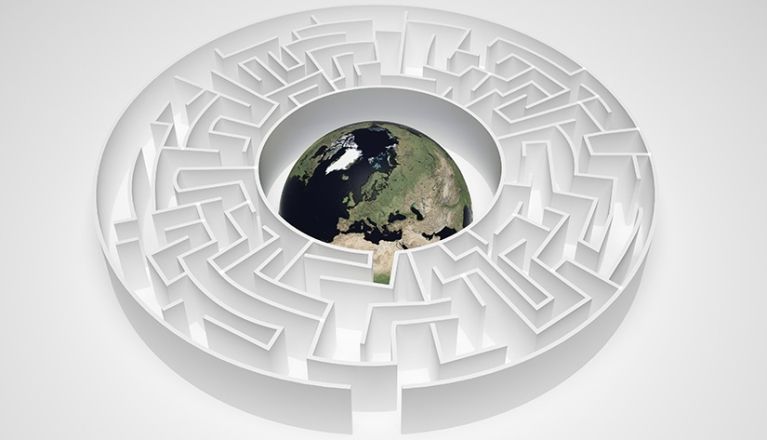
The crisis has revealed the nature of globalisation
COVID-19 has triggered not just one shock but a series of shocks affecting country after country, each shock bolstered by the last, in a two-stage cycle: at the moment we are seeing the public health, financial and economic effects; but the social, political and geopolitical impact is also coming into view. The virus has triggered a global chain reaction.
But it is not the public health aspect of the shock that has resulted in this particular kind of crisis (it could just as well have been an ecological shock – indeed, some people think it is…); rather, it is the interconnected nature of the world in which it is happening: liberal globalisation – trade, openness, interdependent production – has created a so-called complex system, resulting in very fast-acting feedback loops that wreak havoc on standard forecasting techniques.
In this type of system, we can forecast long-term equilibria but not the short term. The crisis thus recalls a methodological issue long explored by fans of complexity theory: how can we think more effectively about interactions and points of tension between an object and the system to which it belongs(3)? For supply chains, geopolitical developments had already put these questions on the table. They are now becoming crucial: how are strategic sectors to be reintegrated? How far should the notion of a “strategic asset” be stretched? How should we think about walking back from hyper-globalisation(4)? How can flows begin to move again when borders will not be reopening any time soon?
But the chain reaction is also unfolding in a particular order which we are forced to follow, since each stage is dependent on the preceding one: (1) What determines whether a country can or cannot withstand the public health shock? (2) How much economic, political and social room for manoeuvre does that country have in the face of a lockdown – in short, how much time can it buy? For countries, this means politics, fiscal and monetary policy, debt, deficits and so on. For businesses, it means cash. For individuals, whether or not they can “wait it out” depends on their wealth, their network, how anxious and how patient they are. The time function has become extremely important: it determines how much irreversible damage the crisis will be able to do. (3) Lastly, how vulnerable will each country be to the looming global recession?
The crisis is laying bare the core of each society’s social contract
The public health shock starts out symmetrical, affecting all countries and individuals. But its economic and political effects will not be symmetrical. On the contrary, they will widen disparities between both countries and individuals.
The first reason for this is that, here again, timing will be key: the first to “emerge” will be the winners. For the time being, China is in the best position, though nothing is certain yet – there is still the risk of a second wave of the epidemic, and it is far from certain that returning to a fully functioning economy will be possible with consumers still so nervous.
The second reason is that the poor will be even poorer. Although the age structure of Africa and India mean they are less exposed to the ravages of COVID-19, the vulnerability of their populations from a health and economic perspective means they are more exposed. As to fears of supply shortages, such shortages can be more devastating than the disease itself. Ukraine is talking about imposing quotas on wheat, Vietnam on rice and Kazakhstan on flour. And Senegal is getting ready to provide food aid to half its population. But even as the UN calls for aid, its Security Council remains paralysed by America’s insistence on linking the words “Chinese” and “virus”. Hangovers from the world as it was are already paralysing what could be an opportunity to create a new world.
The crisis is raising fresh questions over “models” – questions that were already abundant in the wake of the political upheaval of the past few years
To date, subject to statistical errors, false accounting and uncertainty as to what lies in store over the coming months, there are two kinds of countries which, interestingly, seem to have lower mortality rates than the rest.
- The first group encompasses those countries that have already faced public health crises and adopted a precautionary approach, proving that some societies do indeed have long memories: Hong Kong, Singapore, Taiwan, South Korea, New Zealand, Japan, Australia, etc. The talk here has been of the nature of public spending and the speed of border closures. The question of experience also applies to poor countries: while South Africa is very vulnerable to COVID-19, its emergency structures left over from previous epidemics have rapidly swung into action and its private and public sectors have been quick to cooperate.
- The second and more intriguing group consists of those countries that are not accustomed to dealing with public health shocks. Germany, Canada, Israel, Iceland… it is a different matter in these countries. This goes back to history, culture, the role of government, and so on. The historical power of the precautionary principle. The ability to react and adapt quickly. And, above all, the ability to act in community, which determines both the population’s reaction and administrative and institutional effectiveness.
All of this comes down to what we expect from society, with what philosopher Thomas Hobbes considered the foundation of the political contract: the primary, essential need for security. Out of the crisis, it is undoubtedly this need that will dominate and shape our future economic and political choices. This is what will change.
All over the world, COVID-19 will be – and already is – a huge test of national cohesion and a huge political test for governments, established elites and international institutions. And all over the world, in authoritarian and libertarian countries alike, the time of reckoning will come and countries will have to answer for the effectiveness of their healthcare and their ability to maintain order; for how their governments have handled the truth and balanced public health risks against economic efficiency; and, lastly, for the impact all this has had on a world already riven by inequality.
(1) Jean-Pierre Dupuy, Pour un catastrophisme éclairé. Seuil, collection « Point », 2004.
(2) Ibid.
(3) I. Prigogine and I. Stengers, The New Alliance, 1999
(4) See the work of economist Dani Rodrik
Tania Sollogoub - Tania.sollogoub@credit-agricole-sa.fr

